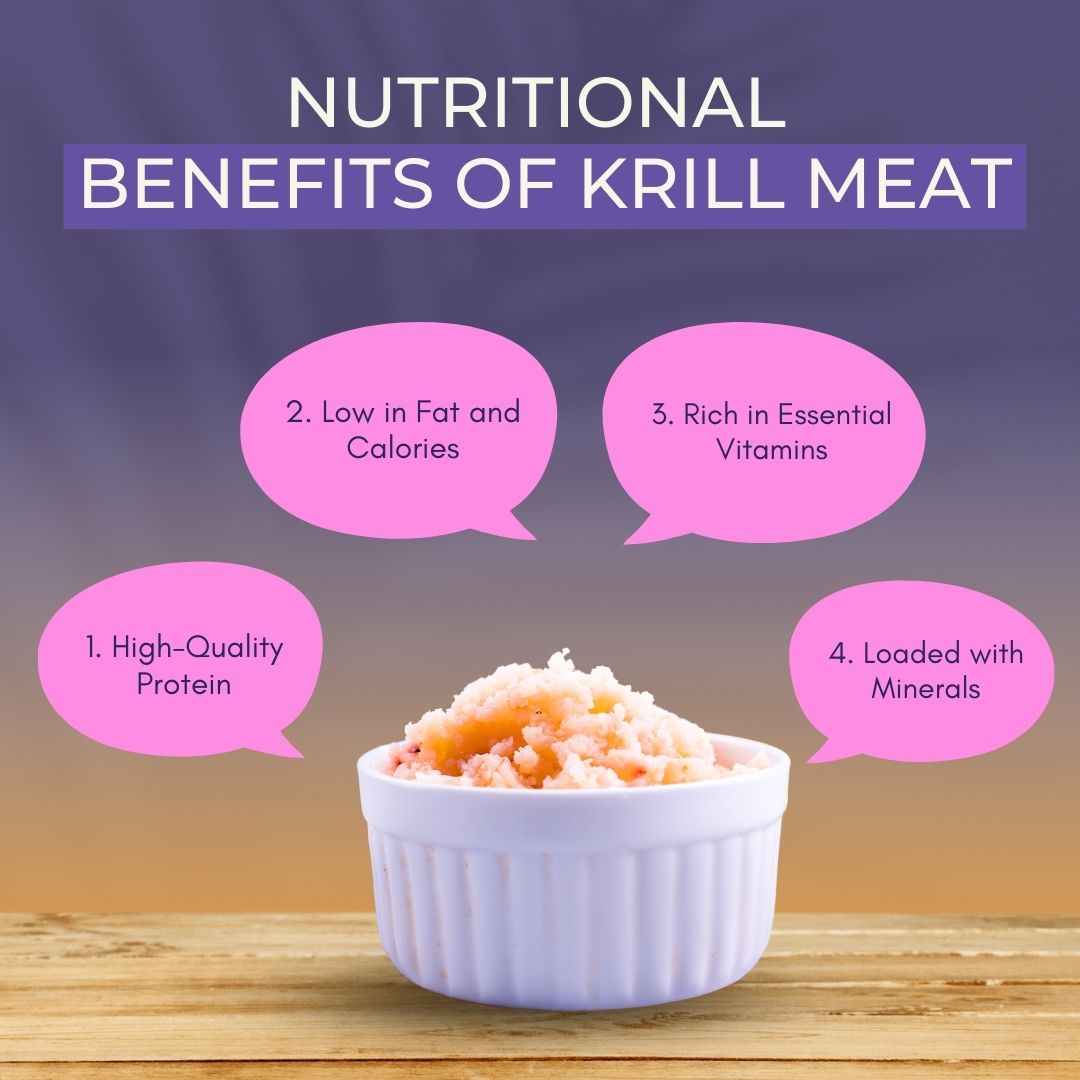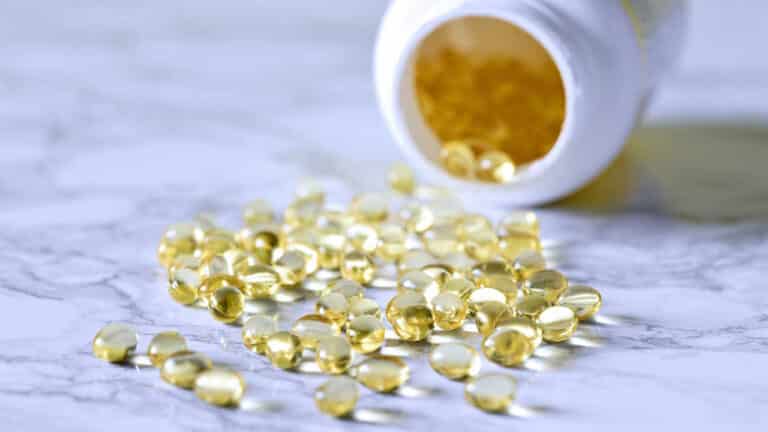Krill or Antarctic krill (EuphausiaSuperba) are found in all the oceans of the world. There are over 379 000,000 tonnes alone in the Southern Ocean.
They are an important part of the food chain as they exist on the lower end of the chain and require algae to survive. This makes them non-toxic and highly beneficial for human health. It is the biggest reason for krill meat’s growing popularity.
Sustainability of Krill
The population size varies every year depending on the number of krill born and consumed worldwide. Similarly, the amount of sea ice may also contribute to Krill’s sustainability. For instance, climatic change is a major factor in krill sustainability and growth.
However, we need more information to make confirmed claims on this matter. There are various steps taken to ensure the sustainability of krill fish in their natural habitat, which we are going to discuss below.
Krill Fishing and Fisheries
The first step is leaving enough krill to ensure their healthy breeding and growth. Similarly, allocating the krill in low predator areas is another excellent step taken to improve the sustainability of krill.
Scientists need to use computer models to determine the approximate number of krill available. They do so by running thousands of simulations to make an approximation of the current krill population.
The systems use several factors about the ecosystem. The more ecological information there is, the more precise these calculations are.
For example, the total krill catch is around 5.6 billion in the East Atlantic region. However, there is a limit to fishing. The Commission for the Conversation of Antarctic Marine Living Resources (CCAMLR) has implemented a “precautionary” approach to mitigate the concerns about the sustainability of krill. The annual harvesting quota is less than 1% of the total estimated krill biomass (estimated up to 500 million metric tons). Moreover, the krill biomass is twice the human biomass, which makes krill the single largest biomass in the world.
Note that the actual krill harvest varies from year to year, yielding up to 150,000 tons (0.02% of the total krill biomass) in a season on average.
Experts suggest that the krill fishing industry is at its optimal stage and should not increase. However, balanced krill fishing and better climatic conditions could help boost their population growth and increase their sustenance.
Other krill meat providers are also going for krill farming and helping them grow artificially. While this may increase the overall krill population, artificially grown krill may not have the same properties as organic ones.
Bottom Line
Canned krill meat can be an excellent addition to your diet. However, it is important to consume high-quality krill meat only. Krill Arctic Foods (KAF) is the first company to bring krill meat to the U.S, and we follow the highest quality standards. It is safe for human consumption and offers a plethora of health benefits. You can pair it with your favorite foods and enjoy its amazing health benefits. Check out krillarcticfoods.com to learn more about the incredible edible krill and how it can benefit you.
Sources








